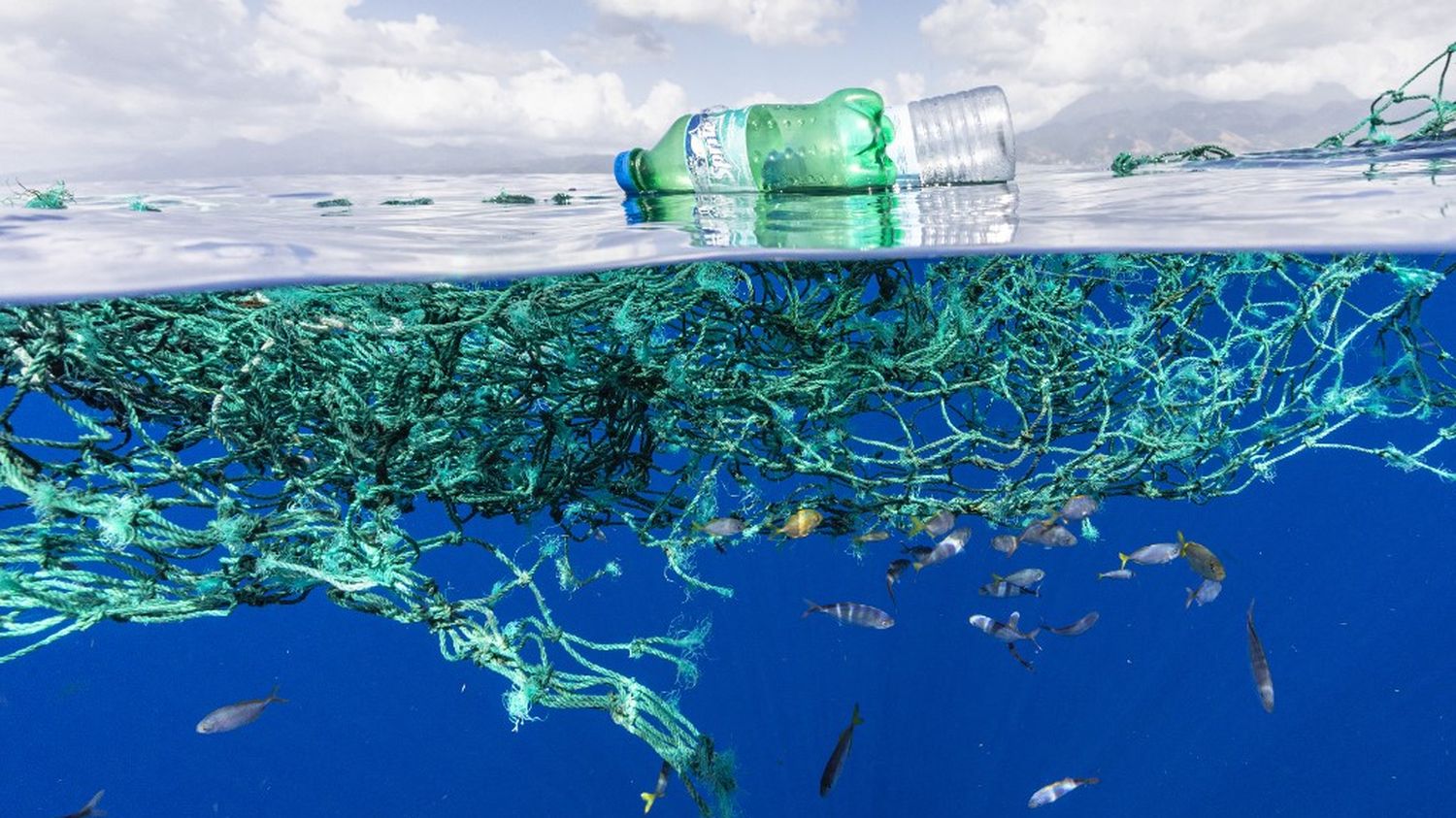Scientists from an American environmental organization estimate that there are 170,000 billion pieces of plastic on the surface of the oceans.
Its total weight is 2.3 million tons. Plastic pollution in the world’s oceans has reached “unprecedented levels” for 15 years, warns a study by a Californian environmental organization, published Wednesday March 8 in the American journal PLOS One (article in English). The 5 Gyres Institute estimates there are 170 trillion pieces of plastic on the surface of the oceans, mostly microplastics, much of it dumped at sea since 2005.
>> Researchers discover “plasticosis”, a disease caused by the ingestion of waste by seabirds
The results are based on plastic samples from more than 11,000 stations around the world, over 40 years, from 1979 to 2019. The researchers found no clear trend until 1990, then fluctuations between 1990 and 2005. But at beyond this date, “we are seeing a very rapid increase, due to rapid production growth and a limited number of release control policies”told AFP Lisa Erdle, one of the authors.
A threat to animals
In the middle of the ocean, this pollution comes mostly from fishing gear and buoys, while clothing, car tires and single-use plastics often pollute closer to shore. Their presence threatens animals, which become entangled in the larger pieces or ingest microplastics that then travel up the food chain to humans.
If the trend continues, plastic use is expected to nearly double from 2019 in G20 countries by 2050, to 451 million tonnes per year, according to a recent international report. In 1950, there were “only” two million tons produced on the planet.
For the past year, 175 countries have agreed to put an end to this pollution by drawing up a binding treaty by the end of 2024 under the aegis of the United Nations. The next negotiating session is scheduled for May in Paris. For the authors of the study, this treaty must be ambitious enough to reduce the production and use of plastic, but also better manage its elimination.
